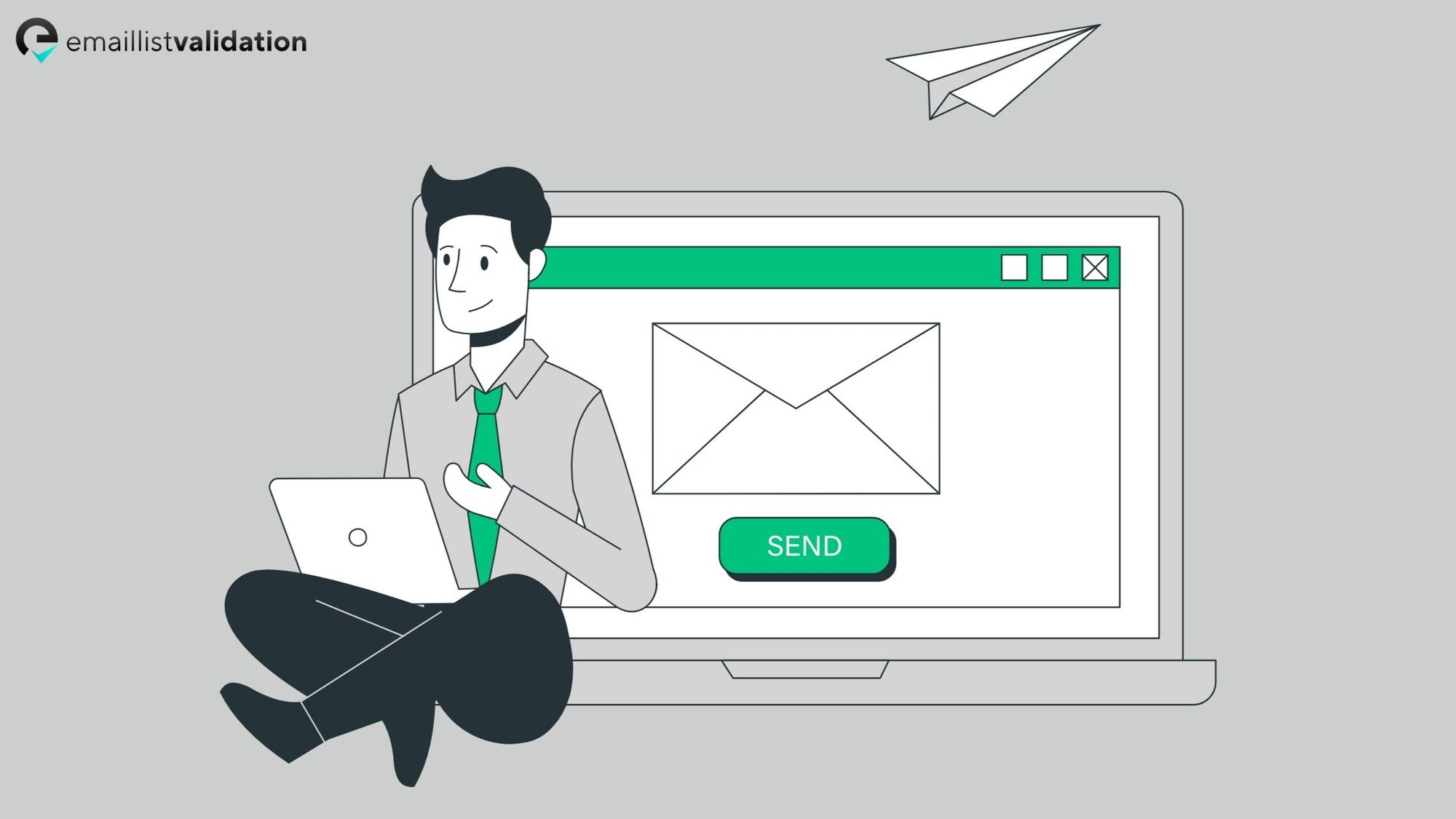Email marketing is one of the most effective ways to reach out to your target audience and promote your brand. However, it is not always easy to get your message across to your subscribers. One of the biggest challenges that email marketers face is dealing with email bounce rates. In this article, we will discuss what a good email bounce rate is and how you can improve your email campaigns to reduce your bounce rate.
What is an Email Bounce Rate?

An email bounce rate is the percentage of emails that are returned to the sender because they were undeliverable. There are two types of email bounces: hard bounces and soft bounces.
A hard bounce occurs when an email is returned to the sender because the recipient's email address is invalid or does not exist. This could happen if the recipient has changed their email address or if the email address was entered incorrectly.
A soft bounce occurs when an email is returned to the sender because the recipient's mailbox is full, the email server is down, or the email is too large to be delivered. Soft bounces are usually temporary and the email will be delivered once the issue is resolved.
What is a Good Email Bounce Rate?

A good email bounce rate is typically less than 2%. This means that out of every 100 emails you send, no more than 2 should bounce back. However, the ideal bounce rate can vary depending on your industry and the type of email campaign you are running.
For example, if you are sending a newsletter to a large list of subscribers, you may have a higher bounce rate than if you are sending a targeted email to a smaller list of highly engaged subscribers. In general, a bounce rate of less than 5% is considered acceptable for most email campaigns.
Why is a Low Email Bounce Rate Important?
A low email bounce rate is important for several reasons:
- It ensures that your emails are reaching your subscribers and not getting lost in cyberspace.
- It helps to maintain your sender reputation and avoid being marked as spam.
- It improves your email deliverability and increases the chances of your emails being opened and read.
How to Improve Your Email Bounce Rate

If you have a high email bounce rate, there are several things you can do to improve it:
- Verify your email list: Make sure that all of the email addresses on your list are valid and up-to-date. Use an email verification tool to check for typos, invalid domains, and other issues that could cause your emails to bounce.
- Segment your list: Divide your email list into smaller segments based on demographics, interests, or engagement levels. This will help you to send more targeted emails that are more likely to be opened and read.
- Personalize your emails: Use the recipient's name and other personal information to make your emails more engaging and relevant. This will help to build a stronger connection with your subscribers and reduce the likelihood of them unsubscribing or marking your emails as spam.
- Optimize your subject lines: Your subject line is the first thing that your subscribers will see when they receive your email. Make sure that it is clear, concise, and compelling enough to encourage them to open your email.
- Test your emails: Use A/B testing to test different elements of your emails, such as subject lines, content, and calls-to-action. This will help you to identify what works best for your audience and improve your email engagement rates.
Conclusion
A good email bounce rate is essential for the success of your email marketing campaigns. By following the tips outlined in this article, you can improve your email bounce rate and increase the effectiveness of your email campaigns. Remember to always keep your subscribers' needs and preferences in mind and provide them with valuable content that they will want to engage with.
FAQs
What is a hard bounce?
A hard bounce occurs when an email is returned to the sender because the recipient's email address is invalid or does not exist.
What is a soft bounce?
A soft bounce occurs when an email is returned to the sender because the recipient's mailbox is full, the email server is down, or the email is too large to be delivered. Soft bounces are usually temporary and the email will be delivered once the issue is resolved.
What is a good email bounce rate?
A good email bounce rate is typically less than 2%. However, the ideal bounce rate can vary depending on your industry and the type of email campaign you are running.
Why is a low email bounce rate important?
A low email bounce rate is important because it ensures that your emails are reaching your subscribers and not getting lost in cyberspace. It also helps to maintain your sender reputation and avoid being marked as spam, and improves your email deliverability and increases the chances of your emails being opened and read.
How can I improve my email bounce rate?
You can improve your email bounce rate by verifying your email list, segmenting your list, personalizing your emails, optimizing your subject lines, and testing your emails.



